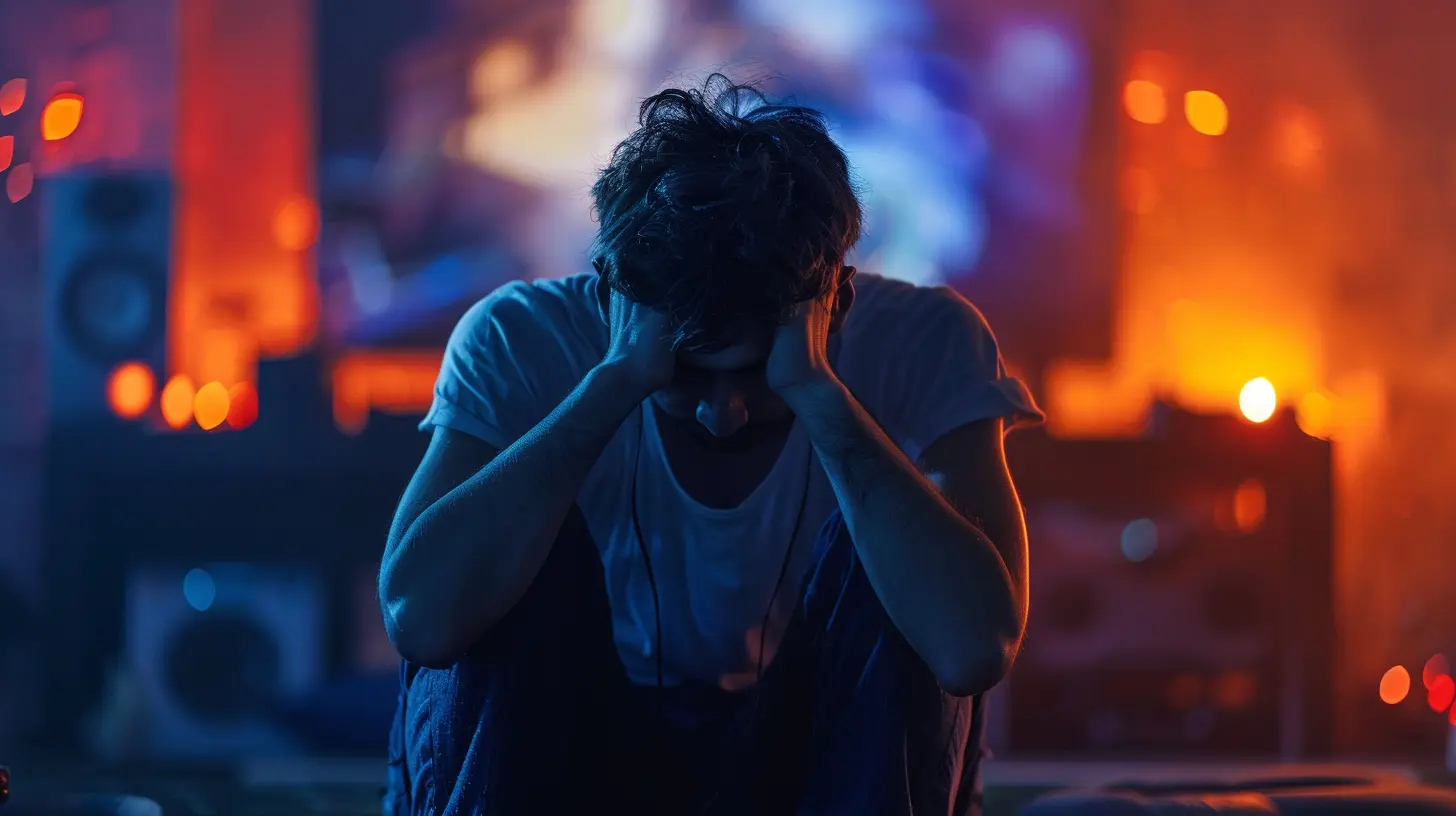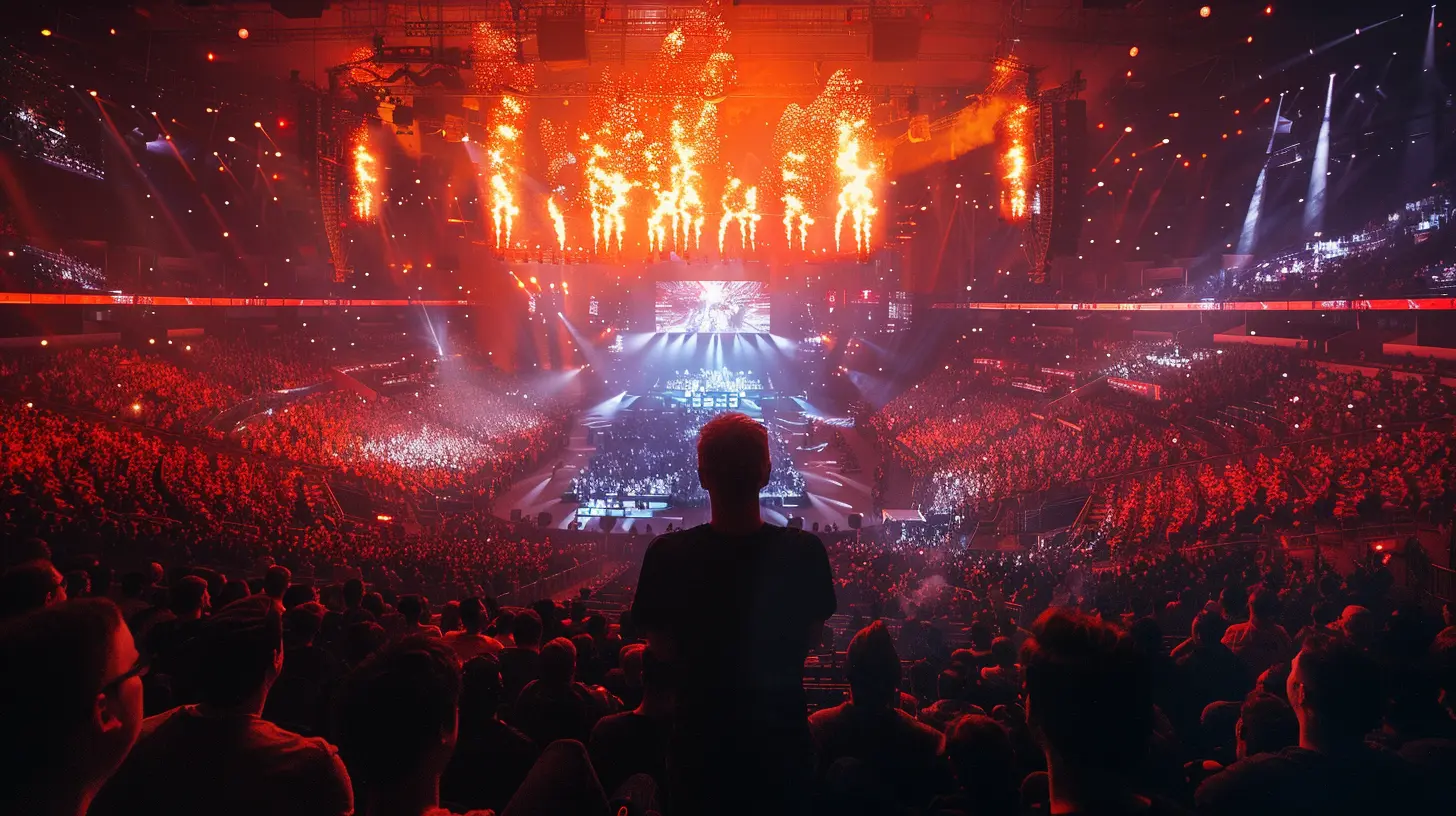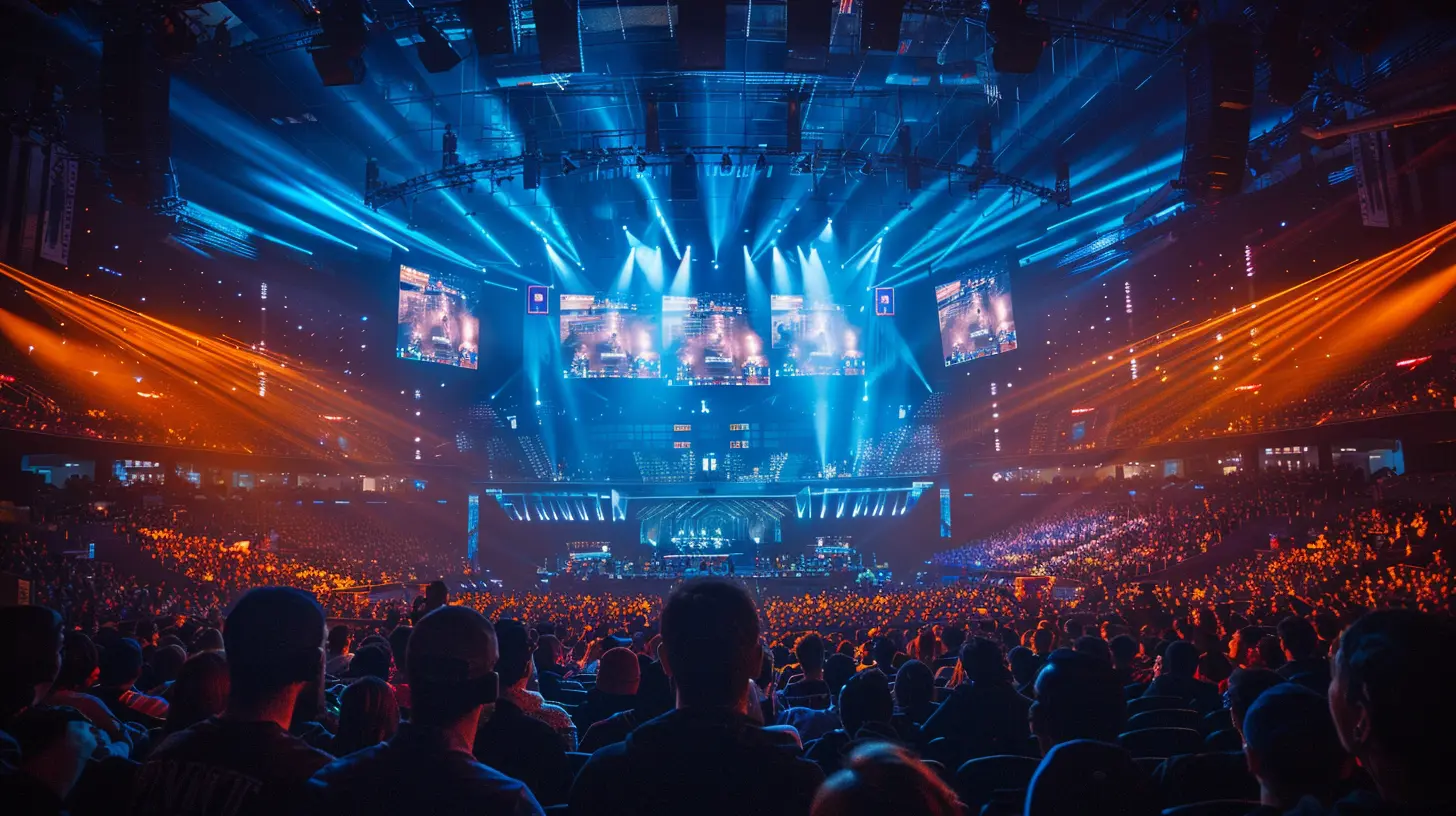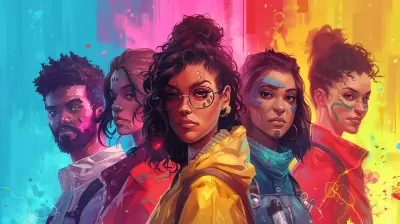How Player Burnout is Challenging the E-Sports Industry
21 July 2025
E-sports has exploded over the past decade, hasn’t it? What used to be small LAN parties in basements has now become a billion-dollar industry with packed arenas, massive sponsorships, and global fanbases. But there’s a storm brewing under all that glitz and glamour—player burnout.
While fans cheer on their favorite teams and marvel at jaw-dropping plays, many pro gamers are silently struggling. Burnout is becoming a serious problem, one that’s threatening not just individual careers but the sustainability of the entire e-sports scene. So, let’s dive deep into what causes this burnout, how it affects the industry, and what can be done to prevent it.
What Is Player Burnout, Really?
At its core, player burnout is physical, mental, and emotional exhaustion caused by prolonged stress and overwork. Think of it like running a computer 24/7 at full capacity without giving it a break—eventually, something overheats and crashes. That’s exactly what's happening with today’s pro gamers.They’re practicing 10 to 14 hours a day, scrimming (team practice), analyzing gameplay, managing public appearances, and maintaining a constant online presence. Sounds intense? That’s because it is.
Why Burnout Is Hitting E-Sports So Hard
You might say, “But athletes in traditional sports train hard too!” True—but there are some big differences:1. Lack of Offseasons
Unlike traditional sports that have clear seasons and breaks, e-sports runs nearly 365 days a year. There’s always another tournament around the corner. So when are players supposed to rest?2. Insane Practice Schedules
Practicing for 8 hours would be considered a light day in e-sports. Many pro players are grinding for 10+ hours daily to stay on top. It's a never-ending treadmill, and stepping off, even briefly, can mean falling behind.3. Digital Pressure
E-sports players are not just competitors—they’re streamers, influencers, and content creators. They’re expected to be “on” all the time, across YouTube, Twitch, Twitter, and Instagram. That’s a whole extra layer of stress that traditional athletes don’t face to the same extent.4. Young Age of Entry
Most e-sports athletes start young—some even as teenagers. At an age when most are just figuring out life, these gamers are thrust into high-pressure environments with immense expectations. Burnout? Practically inevitable.
Real Stories: When the Burnout Hits
We don’t have to look far for real-world examples. Take Jian "Uzi" Zi-Hao, a legend in the League of Legends scene. At the peak of his career, he announced an early retirement citing health issues caused by stress and overtraining.Then there’s Jay “Sinatraa” Won, a former Overwatch MVP, who also stepped back from professional play to focus on his mental health. These aren’t just isolated cases—they’re echoes of a wider trend.
The Ripple Effects on the E-Sports Industry
So why does player burnout matter beyond the individuals? Because it’s shaking the very foundation of the e-sports ecosystem. Let’s break it down:1. Shortened Career Spans
Most e-sports pros retire before they even hit 30. Compare that to traditional athletes who often compete well into their 30s or even 40s. Short careers mean constant team rebuilding, a lack of legends staying long enough to build legacies, and less stability for organizations.2. Team Instability
Burned-out players take breaks, switch teams, or leave entirely. That creates major disruption. Fans feel disconnected when rosters change too frequently, and team dynamics suffer, which can hurt performance and viewership.3. Decreased Performance
Exhausted players make more mistakes. Reaction time, decision-making, and coordination—everything suffers. Burnout literally makes players worse at the game, which impacts how enjoyable it is to watch and follow the sport.4. Negative Brand Impact
Sponsors and investors want reliability. If big-name players keep stepping away due to burnout, it shakes confidence in the industry. That could mean fewer dollars flowing into the ecosystem.What’s Being Done? Not Enough… But There’s Hope
Let’s be real—the industry is starting to take notice, but progress is slow. Some organizations are beginning to hire sports psychologists, mandate screen time limits, or encourage mental health days.A few leagues, like the LEC (League of Legends European Championship), have started structuring their seasons with more deliberate breaks. Others include mandatory player rest weeks or mid-season downtime. These are solid first steps, but there’s still a long way to go.
What Needs To Change?
So what would a healthier e-sports scene look like? Glad you asked. Here’s what needs to happen to fight back against burnout:1. Structured Offseasons
Just like football or basketball, e-sports needs defined off-seasons to give players time to decompress, travel, or just binge Netflix. It’s about giving their minds a vacation, not just their mouse-hands.2. Work-Life Balance
Organizations must promote a healthier daily schedule. 10+ hour scrims? That’s just not sustainable. More focused, efficient practice could yield better results and reduce mental fatigue.3. Mental Health Services
Every team should have access to a licensed therapist or mental coach. Simple as that. Talking it out can make a world of difference.4. More Education for Players
Many young players jump into pro gaming without any preparation for the pressure cooker they’re entering. They need training not just in gameplay, but also in stress management, financial literacy, and life skills—stuff that helps them navigate life in and out of the game.5. Community Support
Guess what? Fans like you and me can help too. Let’s stop being so quick to criticize when a player underperforms. They’re human. Encouraging healthier player behavior starts with fans setting the tone.How Players Can Help Themselves
Now, this doesn’t all fall on orgs and leagues. Players have a role too. Here are a few tips:- Set boundaries between gaming and personal life.
- Prioritize sleep—yes, even more than grinding.
- Talk to someone, whether it’s a friend, therapist, or teammate.
- Take breaks—short ones during the day, and longer ones when needed.
- Do something non-gaming—a hobby, some exercise, or even just a walk can do wonders.
No game is worth trading your mental health for.
Why Solving This Matters (For Everyone)
If we want e-sports to grow into a long-lasting global sport, then addressing player burnout is non-negotiable. The best games, the most exciting moments, and the most passionate fanbases come when players are healthy, happy, and at their peak—not when they’re hanging on by a thread.A healthy ecosystem benefits everyone—players, fans, organizations, and sponsors. It leads to better content, better competition, and longer, more inspiring careers.
Imagine a world where 18-year-old prodigies evolve into 30-something legends, coaching the next gen. That’s the future we should be building toward.
Final Thoughts
Player burnout is a massive challenge for the e-sports industry, but it’s not insurmountable. Like any game, it requires strategy, teamwork, and a willingness to adapt.By acknowledging the issue, discussing it openly, and taking proactive steps, we can reshape the culture of e-sports into one that values longevity over momentary bursts of fame. The grind doesn’t have to eat players alive. Instead, let’s build a scene where players can thrive—not just survive.
So the next time you're cheering during a high-stakes final or watching your favorite streamer go on a win streak, remember: behind that screen is a human being trying their best. Let’s support them the way we’d want to be supported.
all images in this post were generated using AI tools
Category:
E SportsAuthor:

Luke Baker
Discussion
rate this article
2 comments
Elidi McBride
Player burnout poses a significant challenge to the e-sports industry, highlighting the need for sustainable practices. Prioritizing mental wellness and balanced gameplay can lead to a healthier community, ensuring the longevity and vitality of competitive gaming.
November 9, 2025 at 4:41 PM

Luke Baker
Absolutely! Addressing player burnout through sustainable practices and prioritizing mental wellness is crucial for the future of e-sports. A balanced approach can foster a healthier community and ensure the industry's longevity.
Luella Gibson
Player burnout poses a significant challenge for the e-sports industry, highlighting the need for sustainable practices. Prioritizing mental health and work-life balance is essential for long-term success.
July 22, 2025 at 2:25 AM

Luke Baker
Thank you for your insightful comment! Addressing player burnout through sustainable practices and mental health support is crucial for ensuring the longevity and success of the e-sports industry.


